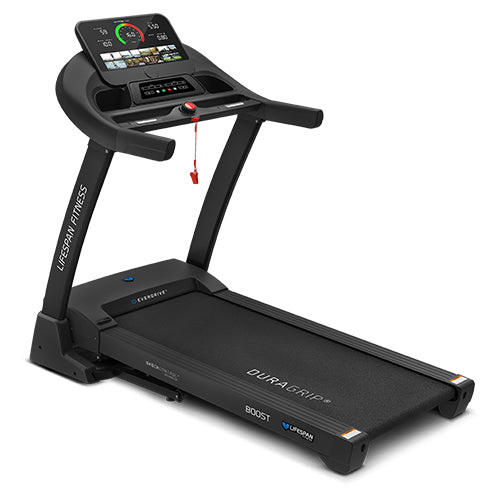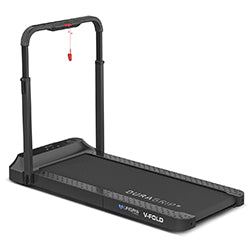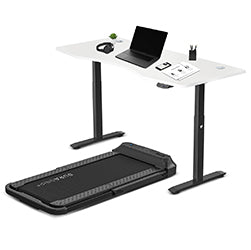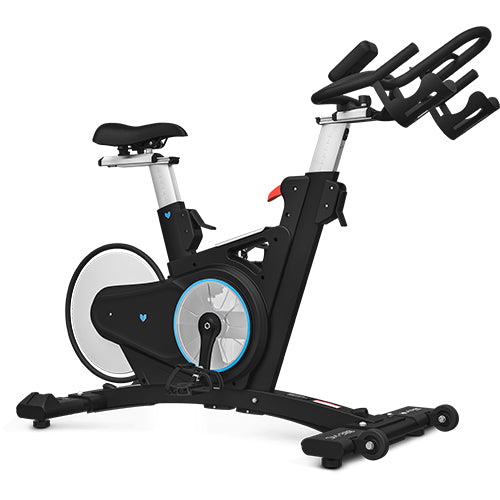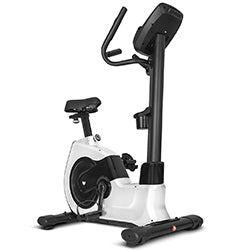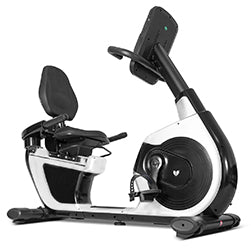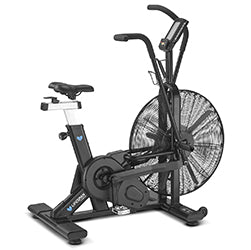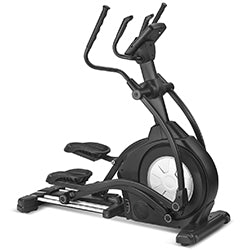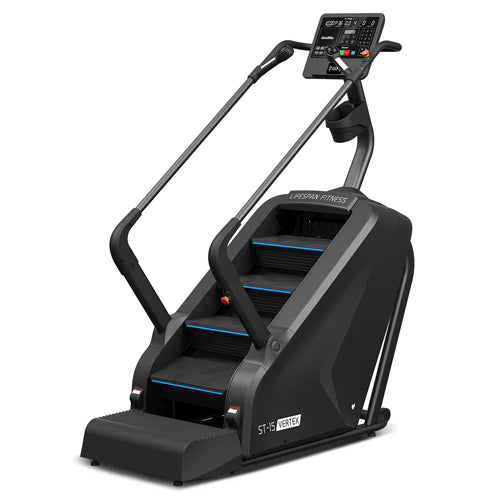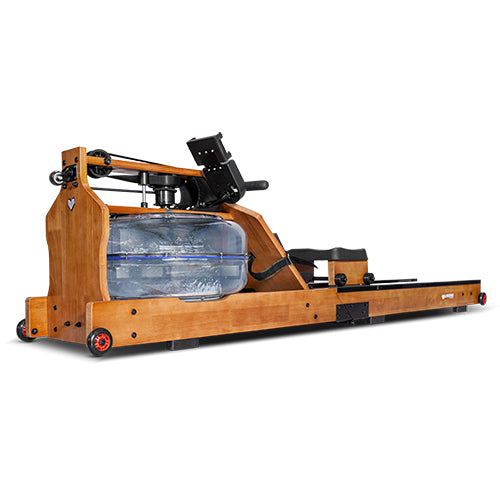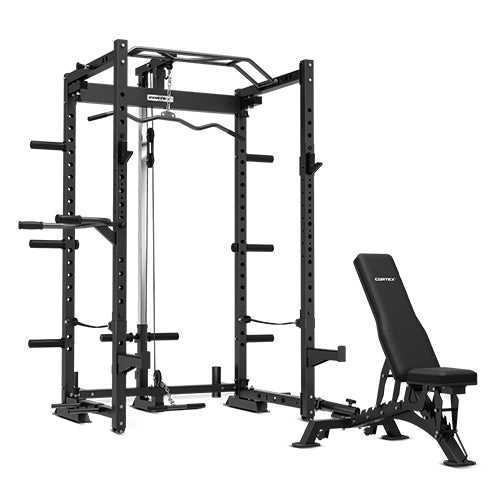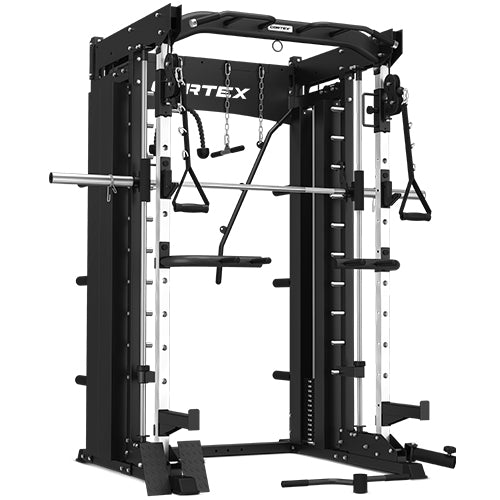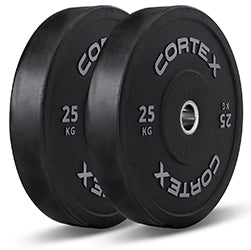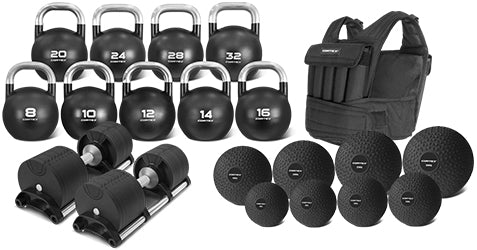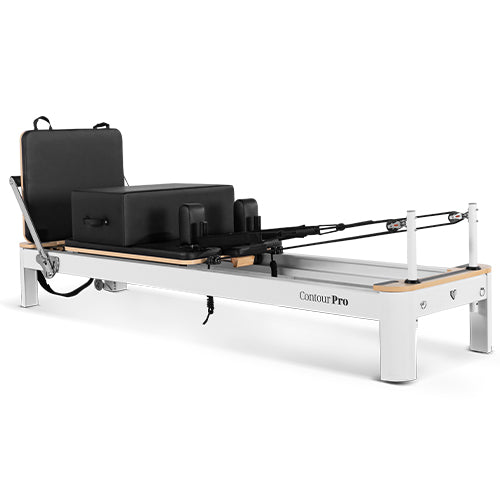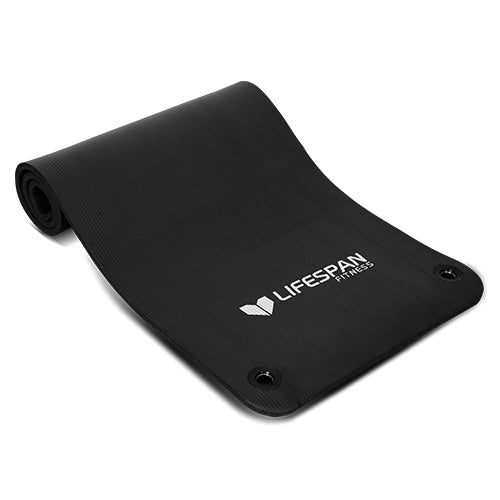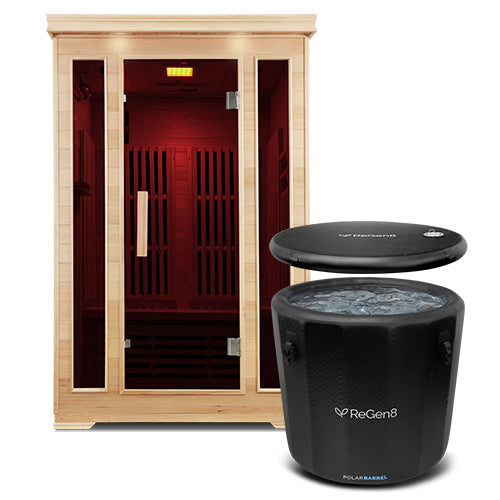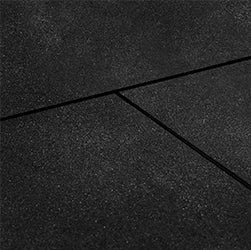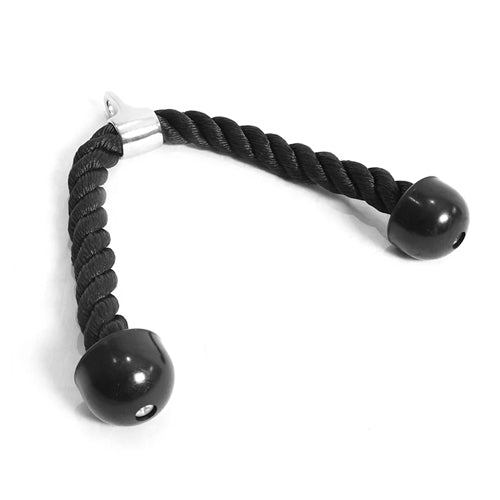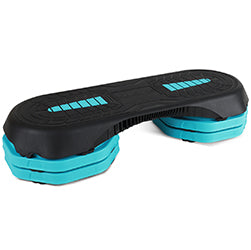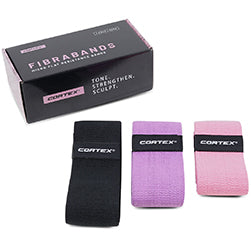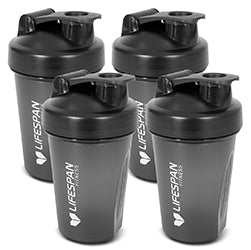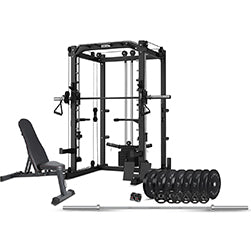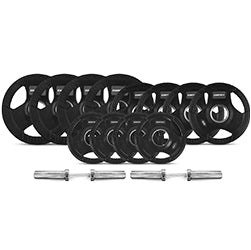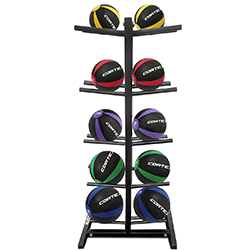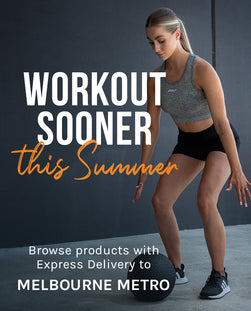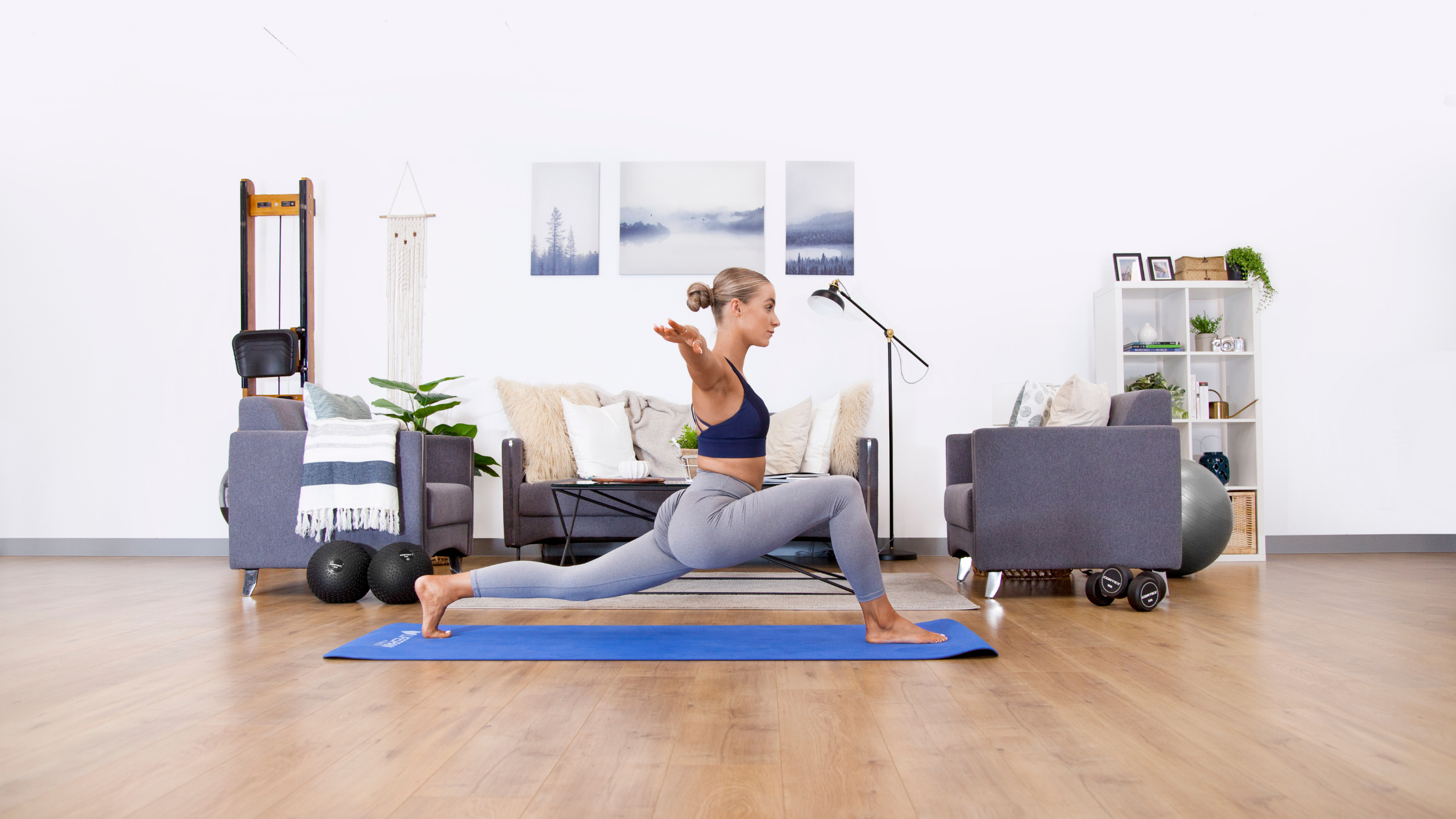

Do you finish your workouts with a session of stretching? It’s easy to forget or ignore, the last thing you want to think about after a big workout. Stretching might be what you do after an injury to get back in action sooner, but stretching is actually an amazing preventative health measure that improves your rate of recovery and makes your muscles grow more efficiently after a workout. We’ll take you through 7 essential stretches for improving your overall health and wellbeing. With each stretch only go as deep as you feel comfortable. Try to perform each stretch for roughly 20-30 seconds.
Upward Dog
This first stretch is a two-for-one if you combine it with the downward dog, which you definitely should. This sequence of stretches is featured heavily in many yoga practices, known as surya namaskar, or sun salutations. The upward dog part involves lowering yourself to the floor in a push-up position then straightening your arms while keeping your hips low, raising your head and upper body, and arching your back. Open your chest and draw your shoulders back to feel a great stretch through your core and the front of your body while strengthening your lower back.
Downward Dog
Ride the upward dog stretch into downward dog by pulling the hips up and back to create a triangular shape with your body and the floor. Focus on finding length through the spine, shoulders, and arms to stretch out any tension in the back. You should also feel a good stretch across the back of the legs here. Sit in this posture for the length of 5-6 breaths.
Iron Cross Stretch
This is a good one for opening up the lower back, the back of the legs, and your chest. Lie on your back, arms outstretched to the sides. Raise your right leg to be perpendicular to your body and lower it on the left side of your body to be in line with your left arm. If this is too much simply bend your leg to reduce the stretch through your hamstring. You should feel this one in your glutes, lower back, and chest if you can keep your shoulders flat on the ground. Repeat on both sides.
Neck Tilts
We spend far too much time at our desks and as a result our posture can become hunched and cause damage to our spines. This is especially true through our necks and it’s important to stretch from time to time to reduce strain and improve flexibility. Start by lowering your chin to your chest. Clasp your hands and gently place them on the back of your head using only the weight of your hands and arms to add to the stretch through your trapezius muscles. Next, roll your head back sending your chin to the sky. Place your hands on your upper chest to increase the stretch through the front of the neck. Following this, roll your head to the left, your ear should move toward your shoulder. Gently place your left hand over your right ear, once again letting the weight of the arm contribute to the stretch through the right side of your neck. Repeat on the other side.
Standing Wide Leg Forward Fold
The hamstrings are probably the tightest muscles for most people. The easiest way to stretch them out is to simply fold forward while keeping your legs straight. For a more engaging stretch, widen your stance so that your feet are further than shoulder width apart. Hinge at the hips and fold forward, keeping your legs straight, but making sure to engage your quads to keep your hamstrings safe. Only go as far as you feel comfortable. You should feel a stretch through your hamstrings, calves, and glutes.
Standing Quad Stretch
This one is simple, but there’s simply no better way to stretch out the front of your legs. Reach a hand out to a wall for balance. Bend your knee and send your heel to your glute. Catch the foot with your hand and pull up until you feel a stretch in the front of your leg. For a deeper stretch, lean forward slightly and push your bent knee backward.
Chest Wall Stretch
This is one to loosen up a tight chest, but the way you perform the stretch can also undo tension in your biceps. Raise your arm straight to shoulder height and place your hand flat against a wall. Rotate your chest in the opposite direction of your outstretched arm until you can feel a stretch across your chest or in your biceps. Repeat on both sides.
Stretch Out
This is by no means an exhaustive list. If you have a particular injury or muscle that’s causing you problems you should find a more specific stretch to target that area or seek medical attention. However, these are some of the best stretches you can do daily to improve your overall flexibility and joint strength.




